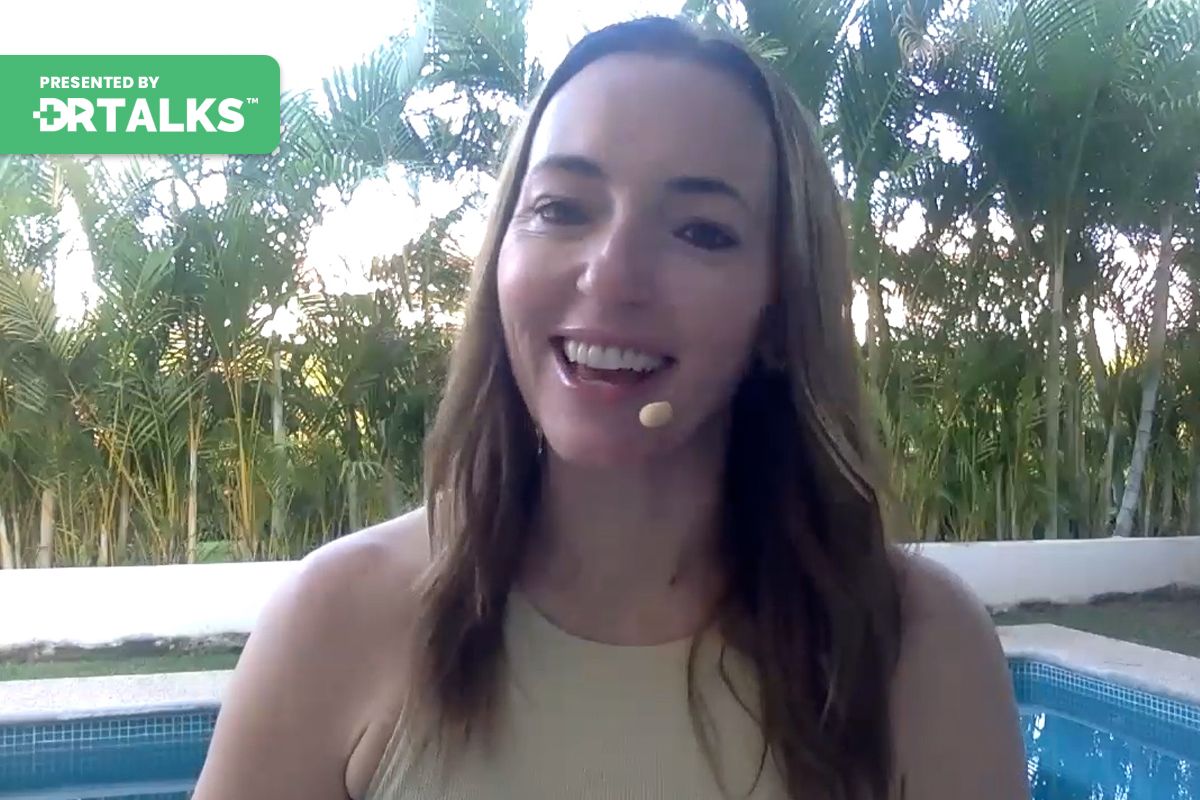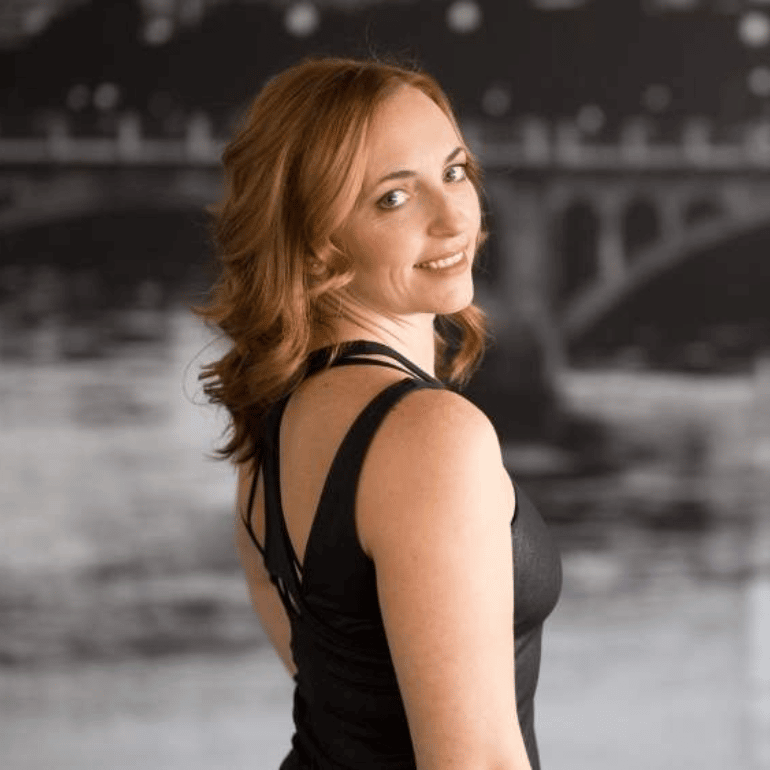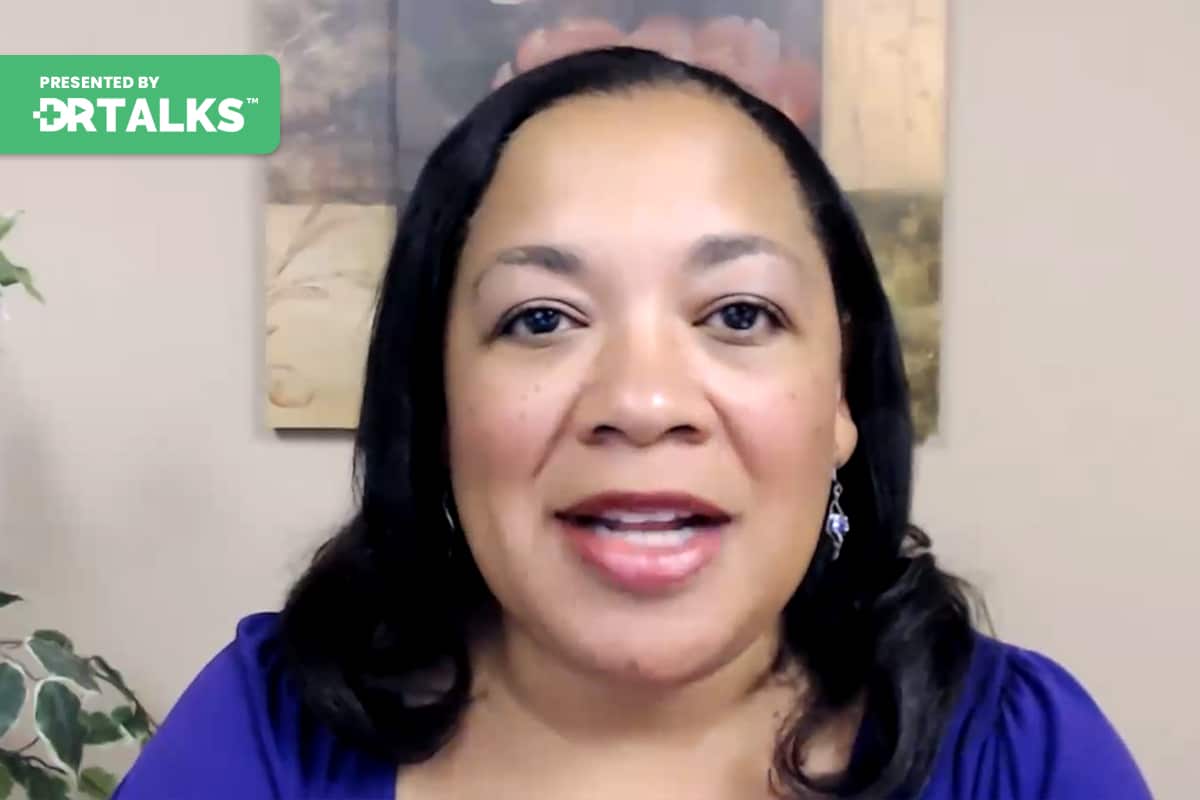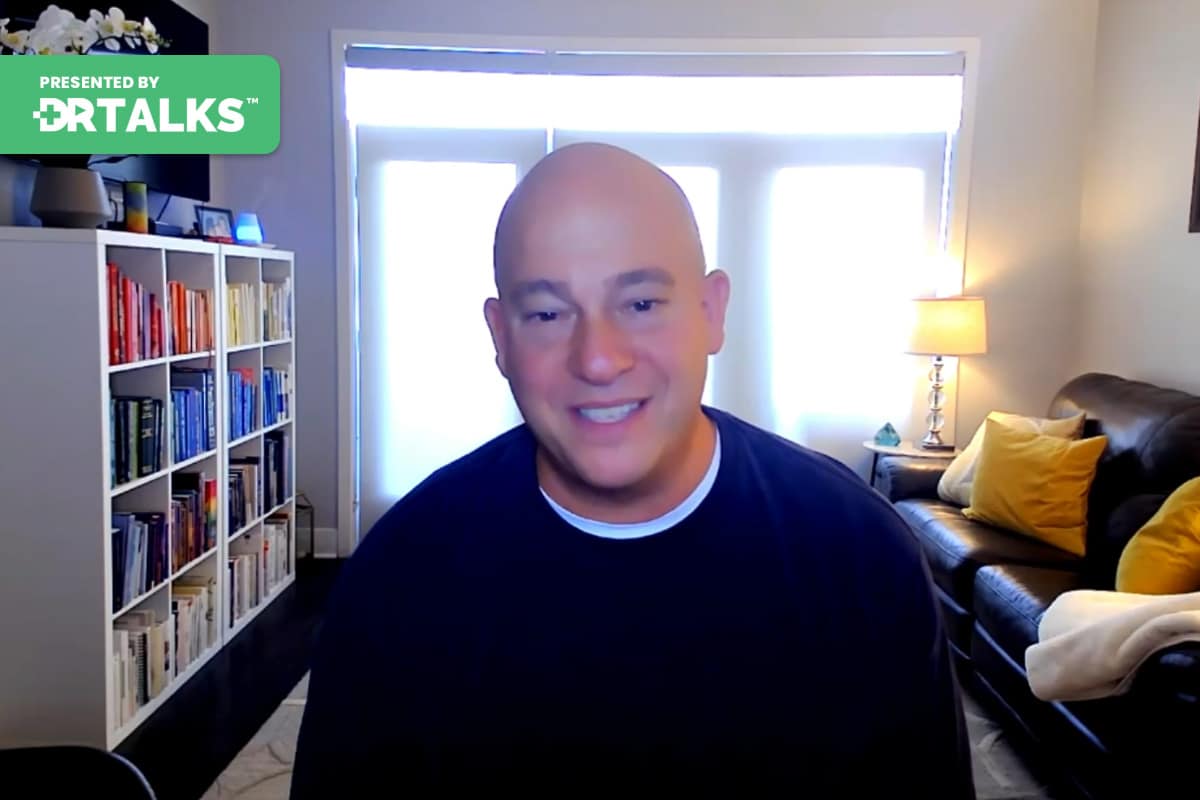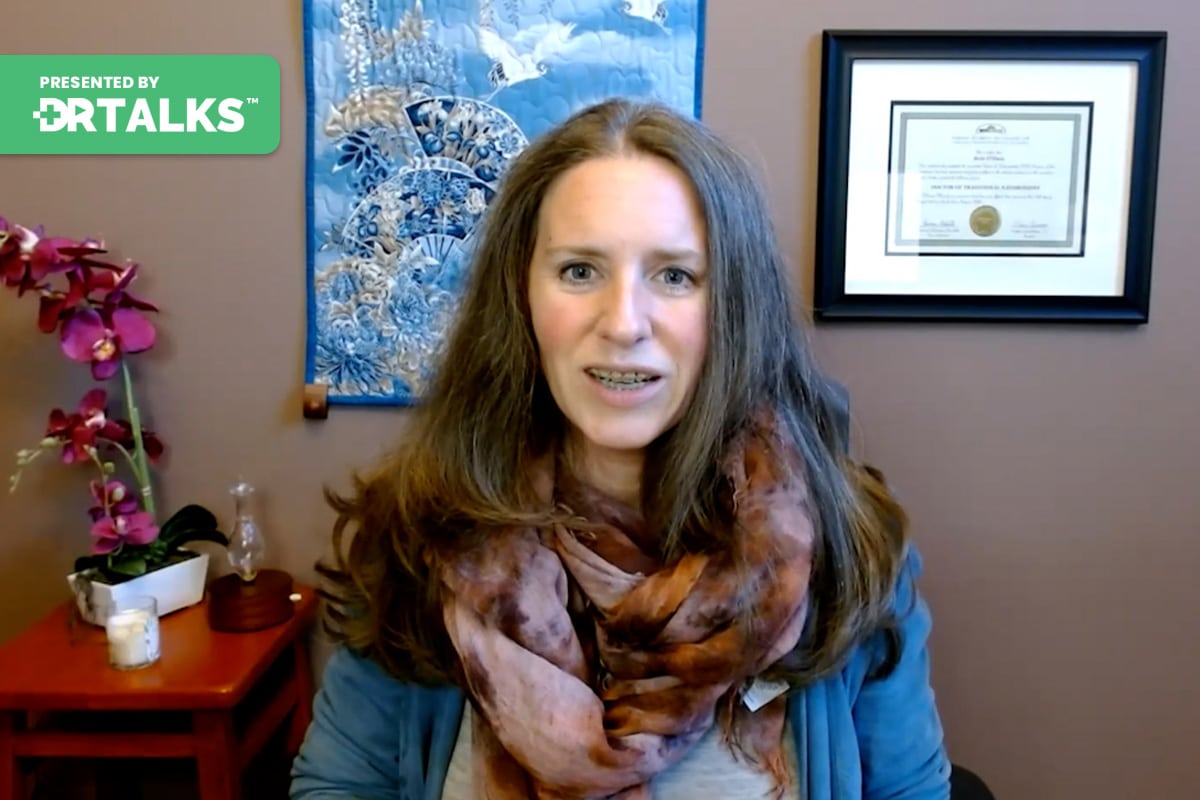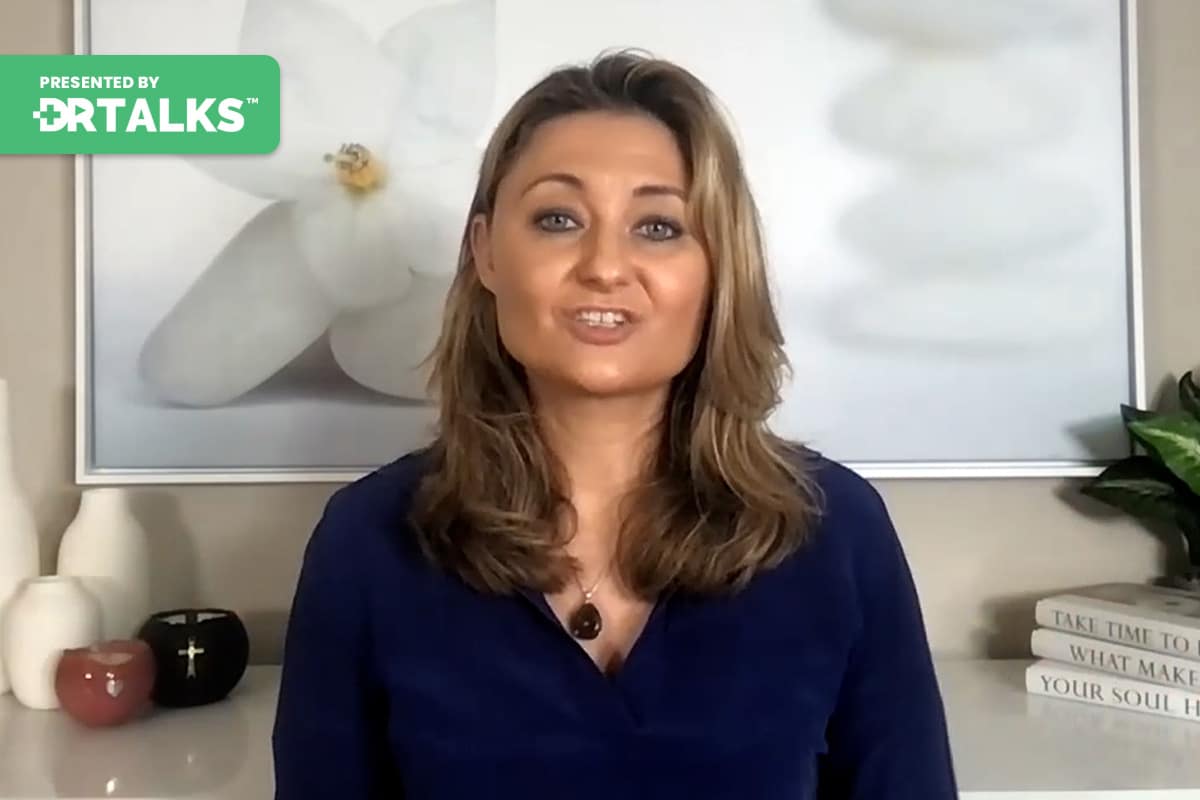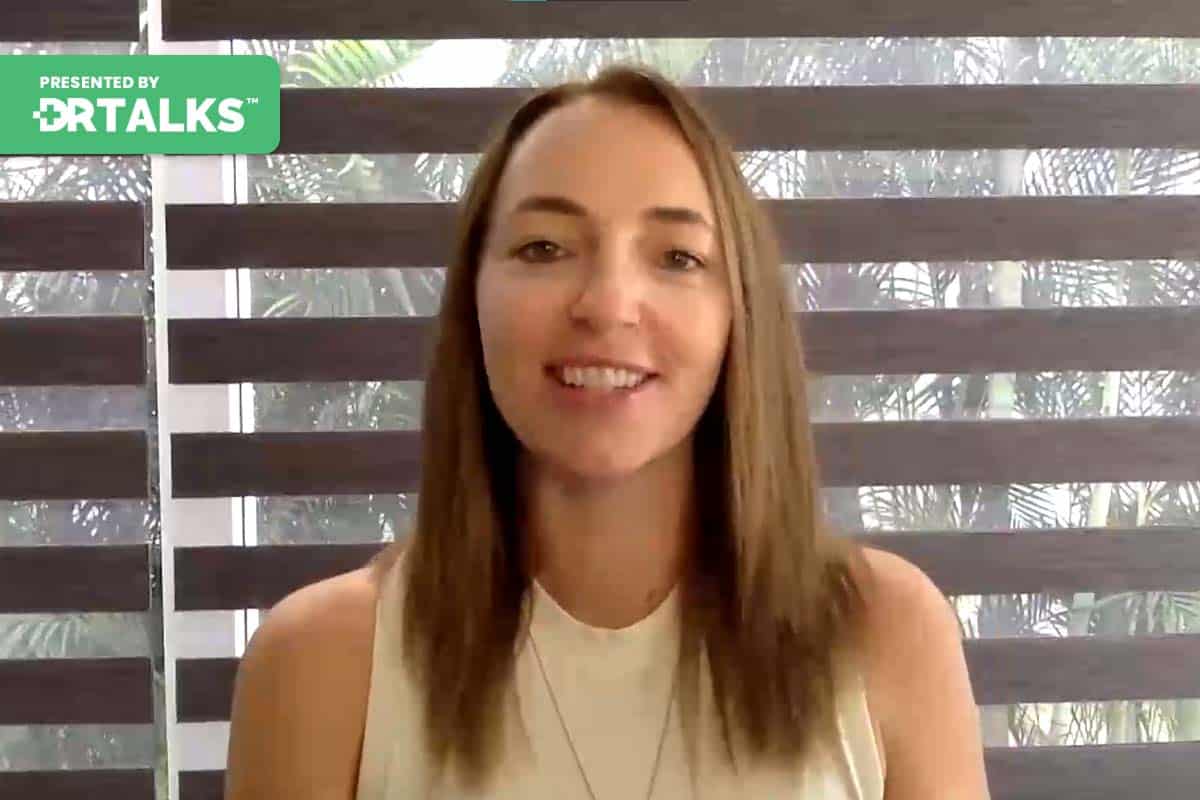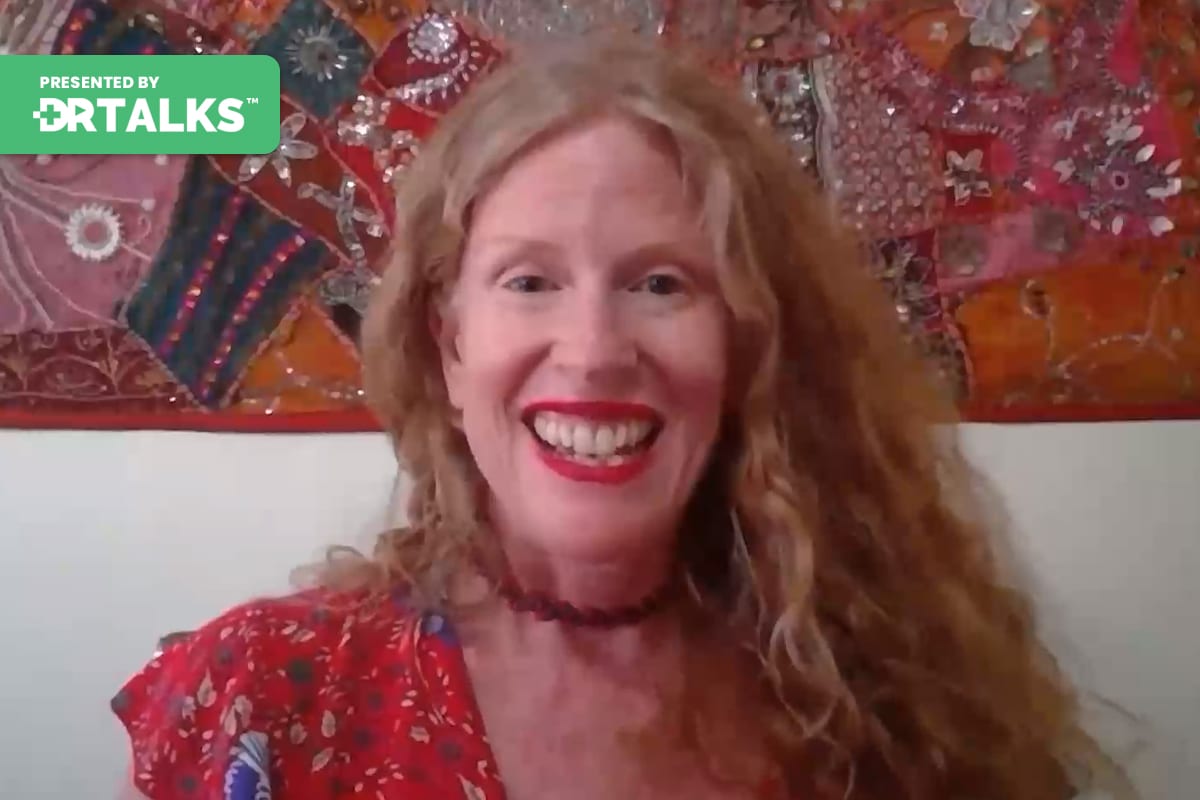And what does quality of life mean? And the fact I like to always say this to my clients when I’m, you know, working with them through movement experience, I’ll say we weren’t born with replacement parts, we can get parts replaced these days. But when we were put on this earth, it was the intention that our body would serve us until our very last breath. All right, So today we’re gonna learn about the spinal movements. We’re also going to learn about diaphragmatic breathing. So this is gonna be a little 10 minute mini class that I hope if you’re in an appropriate space that you will join me and not just watch me because if you can embody this, if you can feel this in your body, what these simple, simple movement strategies can do and how directly they plug into our emotional health or spiritual health. You know, our mindset is an overarching umbrella then I feel like I would have set you up for a really successful day with you know what you’re going to learn today at the Medicine of Mindset summit. Alright, so the first thing to understand is that our diaphragm is the main muscle of respiration. Now, I am my own camera girl today. So you’re gonna see me like tilting my screen a little bit so you can see what I’m talking about. So the diaphragm is the main muscle of respiration alright? Our diaphragm sits here in our body and when the diaphragm is working it expands and contracts like any other muscle and when it is kind of in its biggest open ist phase, it looks like a mushroom cap or it looks like an open umbrella and we’re gonna touch on on pelvic floor health in another one of these little mini videos because that is one of the things I’m very passionate about. And so when we’re breathing diaphragmatic li a couple of things are happening. First of all we’re taking in 600% more oxygen. Secondly, we are feeding the cells there most one of their most basic building blocks of life and vitality. We are tapping into what’s called the parasympathetic nervous system. And I know throughout this week you have heard from a lot of our speakers around the sympathetic fight flight freeze and its partner the parasympathetic which is the rest and digest they call it. So this is a strategy that plugs into the rest and digest. And here’s how you do it. This flat bone right here is called your sternum.
All right. And then so I want one hand on your sternum and I want one hand on your belly button and I know you can’t see my whole face but watch this, okay, I’m gonna breathe in through my nose like I’m smelling a plate of fresh baked cookies that just came out of the oven and on the exhale, I’m gonna make an H. A sound inhale and exhale inhale and exhale. Now watch my bottom hand inhale, wash my bottom hand, exhale, notice how much it moves. Watch my top hand, watch it again, notice how little my top hand moved. Now let’s quickly dissect this if you’re living with a lot of neck tension, jaw tension, low grade headaches, upper neck, back pain, there’s a very good chance you have taught these little muscles in your neck there called the scallions and external cloud asteroids. There’s a really good chance that you have taught them how to be the main muscles of respiration.
These little muscles that are like beef jerky already have a really important job. They hold this bowling ball up on our little wire spine. Alright, They’ve got a big job and now you’re saying, oh yeah, and by the way, if you have any time left in your calendar, Do you mind breathing for me 86,000 times a day? And they’re like, okay, I’ll help out. And then after a little while they’re like, Jeez, this is really hard to do these two jobs. And so you actually start to create this tension with every Breath you take. But we’re not aware of that. So we just, you know, can’t wait to go see our massage therapist or chiropractor or physiotherapist, which I am 100% on board with that. I built a big part of my business as an integrated health therapies clinic, right? So, but you can’t rely, you shouldn’t rely, your body should be able to be optimized in between those appointments so that when you do go to those amazing caregivers, they’re able to actually move your body forward into some new realm of health and wellness, not just the hamster wheel. So that in six weeks that’s a rinse and repeat. All right, understanding this is huge because guess what? Your brain is the first part of your body that’s going to really respond to this. So, if you are lightheaded, if you did 10 to 12 of these breaths two or three times a day, that’s it. That’s it, you would start to change your biology and I’ll tell you this, your body is brilliant at communicating. Sometimes we just don’t know how to read the user’s manual. It looks like it’s in a different language. But when you start to understand it, magic happens, magic happens. All right. So, if you get lightheaded doing that, you are in a chronic state of oxygen deprivation at your brain. You’ve got lots of brain fog, you’ve got these low grade headaches and you live your life in the state change it, change it. You can change it today. You can as you’re watching this, you can be hand hand and let me tell you this. If your top hand is moving more, that’s how, you know, you’ve trained these muscles to be the main muscles of respiration. That neural network is not going to change overnight. That’s why we put hands on body, touch kinesthetic reteach. This could take you a month or two months to really start to understand, but it takes no time at all. And the benefit is exponential health. It’s better sleep, it’s a boost in metabolism. It’s less sugar cream, it’s all these things and you’re like what with breath? Yeah, with breath.
Alright, so, I want to take you through. I’m gonna take you down to my mat and we’re gonna go through the five spinal movements that Joseph Pilates said are required. It’s like a recipe for optimal spinal health. So, let me just set my mat is right there. All right. So, our first spinal movement is called spinal flexion. And when we’re sitting with schlumpy posture, yes, this is a rounded spine. This is spinal flexion. This is not optimal. And this is not what I want you to be aiming for either. So, if you were to move the flesh of your butt out of the way and try and feel those bony bones. If you can’t get onto the floor, this can be done on your kitchen chair. It really, really can with your feet on the mat and your hands lightly underneath your These are your hamstring muscles, the muscles of the back of your legs. You just look straight ahead and you’re gonna inhale through your nose and feel like you’re expanding through your collarbones and then watch the movement right to see where my mic pack is. Watch this.
That’s it, Exhale, watch what this is not. You see, I’m just rounding my shoulders, pushing my back, my spine back, it’s a little tuck, it’s a little tuck, all right. If I was kneeling doing this it’s just a little tuck spinal flexion. What spinal flexion does is it your deepest set of abdominals are moving your spine in this round position and you’re actually starting to give your organs a massage. It’s a visceral massage. So the body systems are working together, you’re moving your bones, you’re moving your skeleton. But there’s all these amazing other benefits happening to the other systems in the body. We are a body of systems circulation, digestion, elimination, hormone lymphatic, like it goes on and on and on and when we can understand that good movement creates good system optimization then our mindset changes because we feel like we have energy, We are happier. Our vibration rises and then we get to impact radically with the people around us. Alright that is spinal flexion, spinal extension. It’s the opposite. Okay, so I’m gonna do this little tiny lift, notice how the back of my neck stays long, that I’m not looking at the sky. I’m not really pushing with my hands either or my arms. I’m just inhaling and it’s a little tiny lift of my chest away from the mat and back down. Do you see how subtle this is? If you’re sitting in your chair then just think about zipping up a jacket and all you’re gonna do is zip up your jacket and bring it back down and zip up your jacket and bring it back down. That spinal extension. It opens our heart if we’ve been protecting movements like this can give us a little bit of emotion. Alright then all we’re gonna do is we can sit down again, you can be on your chair, make sure you’re back on those sit bones. I like to bring my fingertips to my shoulders, we’re gonna do some spinal rotation. So two quick sniffs through the nose and then exhale back to me, do it again and think of growing taller as you do your sniff sniff and back to center spinal rotation. It’s like wringing out a face cloth. Your spine needs this sniff sniff back, let’s do one more each day or each way sniff sniff and bring it back.
So today when you’re watching your summit interviews you can be doing some of these. All right, the next movement is side bending. Alright so I’m gonna bring this arm actually just to hear, I want to make sure my elbow doesn’t come toward my computer screen, it stays here and all I’m gonna do without lifting up this butt cheek is lean over and come back. I’m stretching one side, opening up this long. Take a big big breath in here. We call it one lung breathing. You can keep both arms down if you want. Just make sure your head doesn’t flop. I like bringing my hand here because it helps me manage my head over and then it also makes me remind myself to anchor this hip down three more times. So we did flexion a little tiny tuck of the spine forward. We did extension. The little lift or the little zip up our jacket. We did rotation which was twisting, we did side bending. Now the very last one is an inversion. Now you do have to get on the floor for this. So if it’s not appropriate for you then just skip this one.
But we gotta get our tailbone higher than our heart. So gravity can work in a little bit of a different way on our body. And all you’re going to simply do is your bridge. You’re gonna push into your feet and your hands and you’re gonna bridge your body up not too high. And then I want you to think of your spine like little pearls of a necklace that’s unclassified. And I want you to drop your spine one pearl at a time and it might not feel like one pearl at a time. It might feel like chunks of pearls. And then you’ll feel your tailbone and do that one more time, curl all the way up to the top of your bridge. Just a small bridge and then bring it all the way back and down. Alright friends, so listen, that is your mini class for today. If you want to have these at your disposal, it’s a simple upgrade to the V. I. P. Experience. And you’ll be able to click, there’s buttons on the summit page where you can do that and I wish you an amazing day at The Medicine of Mindset Summit and whatever else you might be doing, I will see you tomorrow.

